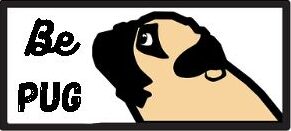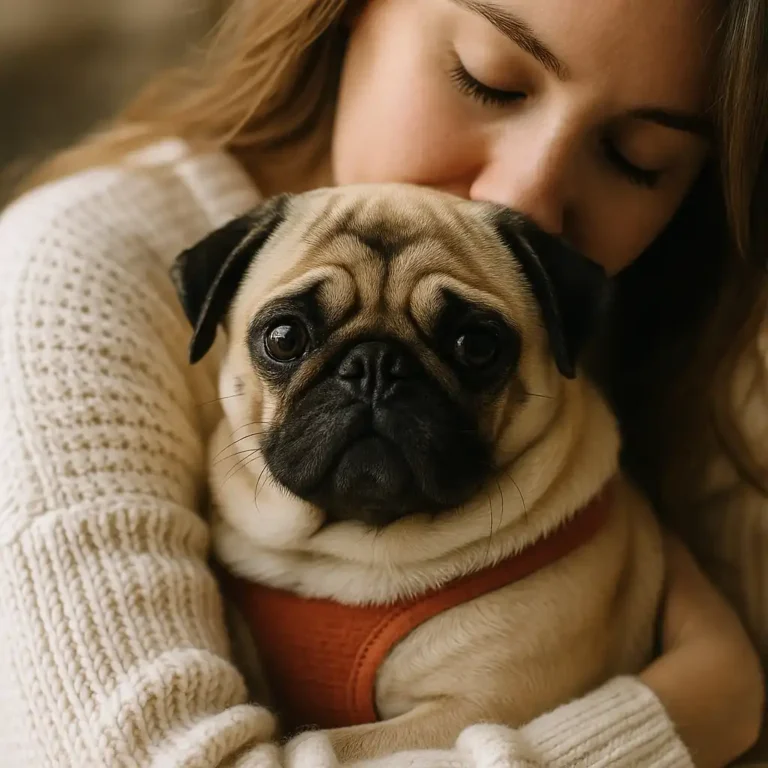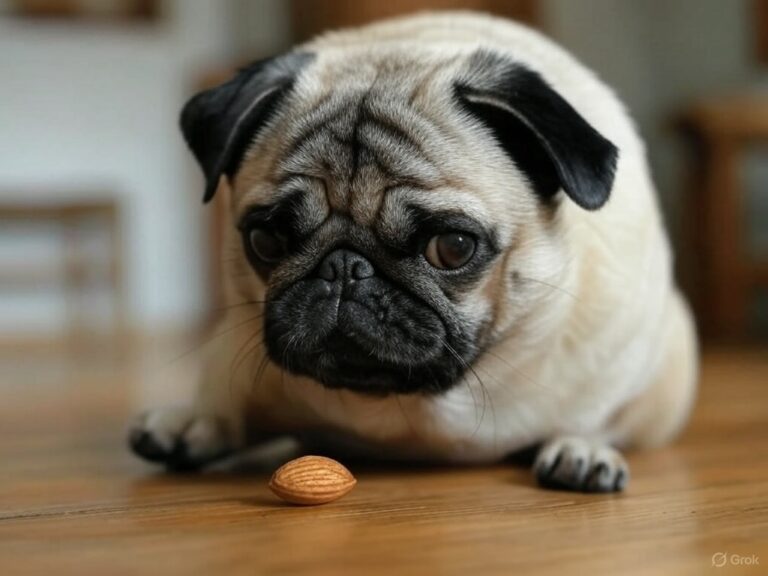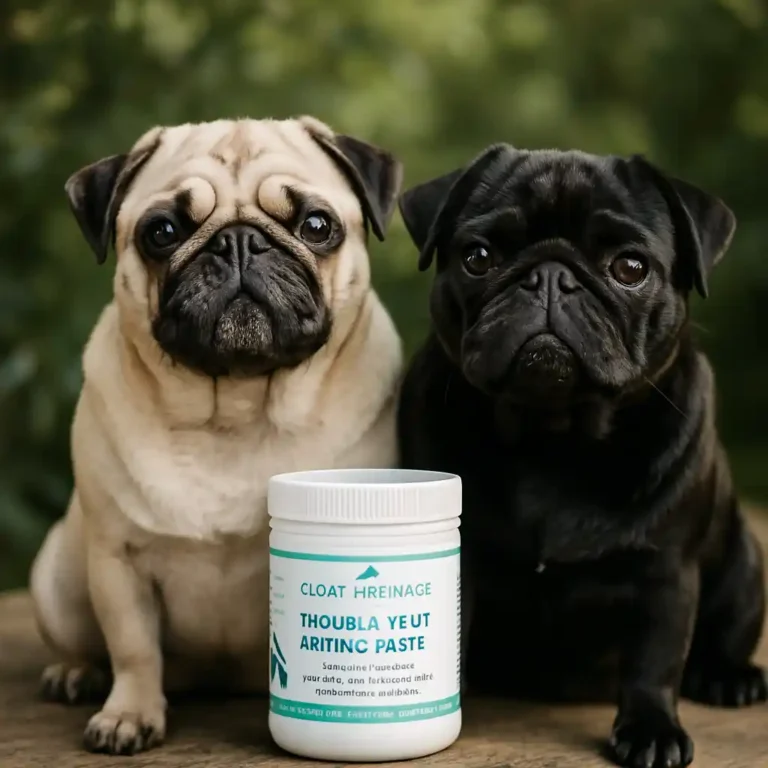How to Stop Pugs from Shedding So Much: Simple Tips for Owners
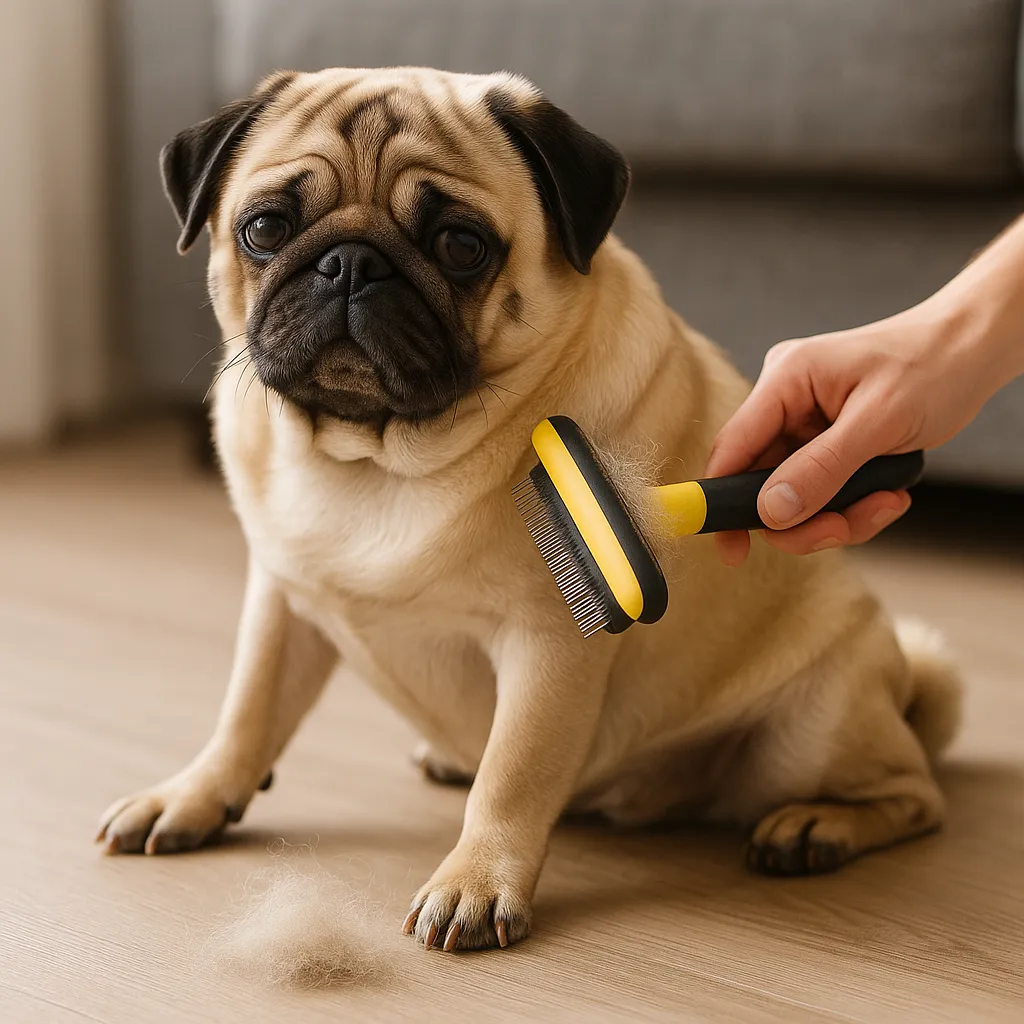
Disclosure: This post contains affiliate links. As an Amazon Associate, I earn from qualifying purchases—at no extra cost to you.
Pug owners know the struggle—those tiny hairs get everywhere. Whether it’s your sofa, your clothes, or your car seats, pug hair has a way of showing up where you least expect it. While you can’t stop a pug from shedding (it’s just part of the breed), there are simple, effective ways to manage it and keep the hair under control.
Here’s what actually works when it comes to reducing your pug’s constant shedding.
Why Pugs Shed So Much
Pugs have a double coat, which means they’ve got a soft, dense undercoat beneath their short outer fur. This type of coat sheds year-round, but shedding gets especially heavy in spring and fall. According to vets and experienced pug owners, this shedding is totally normal—it helps regulate your pug’s body temperature.
That said, if you notice bald spots, irritated skin, or unusual hair loss, it’s smart to check in with your vet. Sometimes, issues like allergies or skin infections can cause more shedding than normal.
Brushing: The Most Effective Way to Control Shedding
Regular brushing is your best defense against all that pug hair. Most pugs handle brushing well, especially if you start early and keep sessions short and positive.
Many pug owners recommend tools like the FURminator or a gentle slicker brush. These brushes help remove loose undercoat hair before it spreads all over your house. Brushing two to three times a week usually works for most pugs, but during heavy shedding periods, daily brushing makes a noticeable difference.
Offering treats or praise after brushing sessions can help your pug associate grooming with something positive.
Healthy Skin Means Less Hair Loss
Your pug’s skin health directly affects how much they shed. Dry, flaky skin can lead to extra shedding, so keeping their skin moisturized from the inside out matters.
Many pug parents feed their dogs a high-quality diet rich in omega-3 fatty acids, which support healthy skin and reduce excessive hair loss. Some owners also add supplements like fish oil after consulting their vet.
Bathing your pug every 4 to 6 weeks with a mild, moisturizing shampoo helps too. Just avoid over-bathing, as it can dry out their skin and make shedding worse.
If your pug scratches constantly or loses hair in clumps, it’s worth discussing potential allergies or sensitivities with your vet.
Practical Tips to Manage Shedding at Home
No matter how much you brush or feed the right foods, pug hair will still find its way around your house. To keep things manageable:
- Vacuum regularly, especially areas where your pug sleeps.
- Use washable blankets or covers on sofas and beds.
- Keep a lint roller handy for your clothes and car seats.
- Try brushing your pug outside during heavy shedding seasons.
Some owners also recommend using an air purifier to help cut down on airborne hair and dander.
Conclusion
You’ll never stop a pug from shedding completely—but with regular brushing, proper diet, and a few simple cleaning habits, you can seriously cut down on the mess. Focus on supporting healthy skin and coat care, and you’ll spend less time cleaning and more time enjoying life with your pug.
